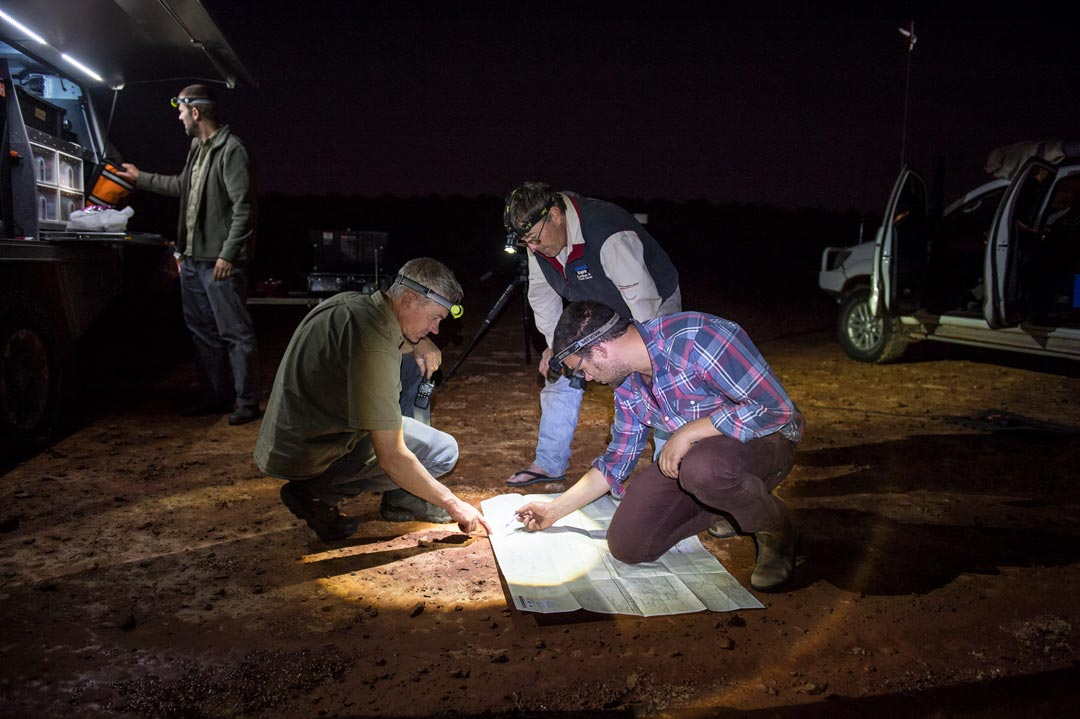Navigation Lingo You Really Need to Know
Think you know where you’re heading? Become a serious explorer with our list of navigation terms that every die-hard traveller should know.
Heading
In navigation terms, your heading is the direction you’re facing. In land navigation, your heading and your course are often the same; in nautical navigation and aviation, your heading will often differ from your direction of travel due to the movement of air and water taking you away from your heading, which is called drift.
Bearing
When travelling, your bearing is the angle between a notable object and your current heading (relative bearing), or the angle between an object and magnetic North (magnetic bearing) or true North (true bearing). Most commonly, when people are referring to their bearing, they are referring to their relative bearing.
Waypoint
The classic definition of a waypoint is a coordinate or position that denotes a stopping point or a noted change in course along a route. In today’s GPS age, waypoints are less integral to navigation than in days gone by, which means waypoints are more loosely used to mark any significant location during trip planning and in real-time navigation.
 Dead Reckoning
Dead Reckoning
Dead reckoning is the process of using a previously known position in conjunction with your subsequent course, speed or time elapsed to calculate your current position. If you don’t know where you are on a map, but know with confidence where you were thirty minutes ago –a point on the map, geographical feature or a point of interest are easy starting points – you can manually calculate your current position if you know your general distance travelled and direction of travel. If you’re travelling on a defined road or track that is marked on the map, knowing your course is less essential for dead reckoning.
Map Scale
Put simply, scale is the ratio between the distance on a map and the relative distance on the ground it represents. This means a map at a scale of 1:100,000 covers a distance of 1km per 1 cm on the map. It’s important to note that a detailed map is considered to be a ‘large scale’ map, while overview or less detailed maps are considered ‘small scale’ maps.
Point of interest
Commonly known as a POI, a point of interest is a specific location that is considered to be useful or appealing to people. In travel terms, POI most often include accommodation like hotels and campsites, interesting locations such as lookouts or historical spots, as well as supply points, information services, businesses and much more.
Tracks, trails & routes
Depending on where you live, the words track and trail can be used interchangeably. In Australia, a track is most commonly an unsealed road for vehicular travel, while trail is more often used in hiking circles (both are used in either circumstance). Both track and trail are also used to refer to a course someone has taken, normally called a track log or a breadcrumb trail. A route, meanwhile, refers to a plotted path that someone intends to traverse.
Magnetic & true north
Magnetic north is the northern pole of the Earth’s magnetic field, making it the direction toward which a compass arrow will point. The True North Pole is where the Earth’s lines of longitude converge in the north, which means that it is an unmoving location that is literally the polar opposite of the South Pole.
Be prepared for adventure with these navigation products:
Hema HX-1 Navigator
Hema Explorer App
4WD Map Pack
Australia Road & 4WD Atlas









0 comments